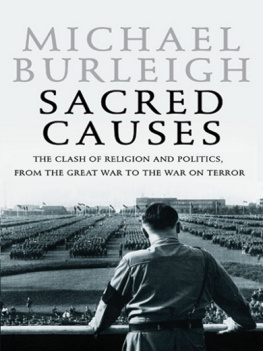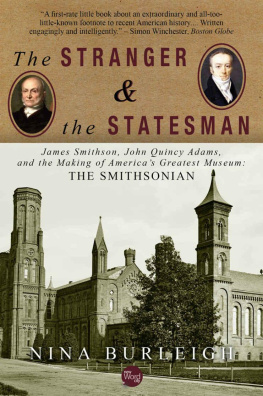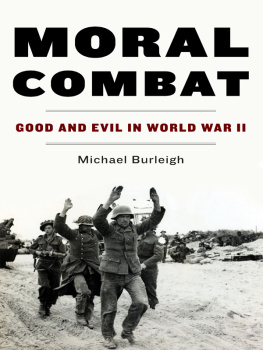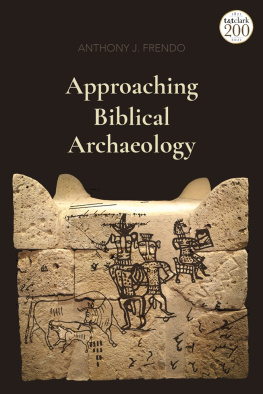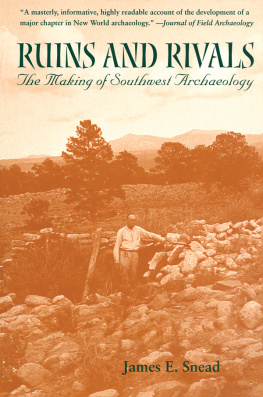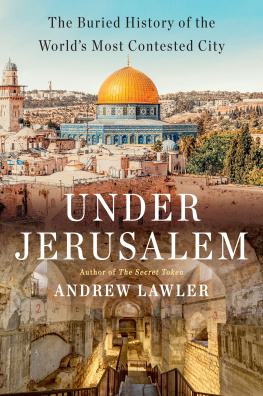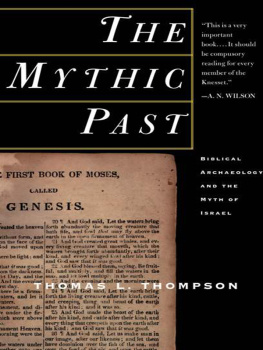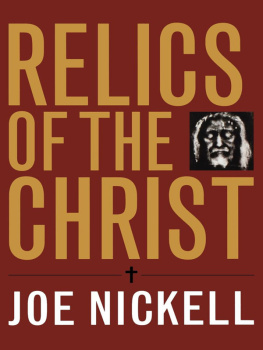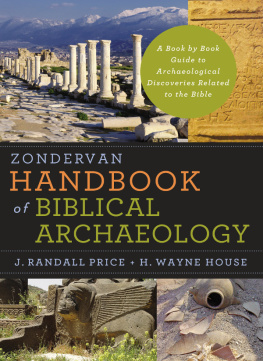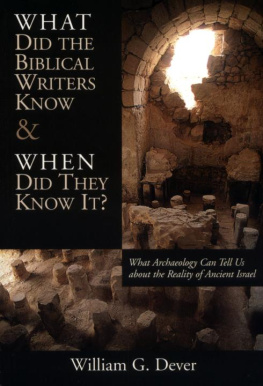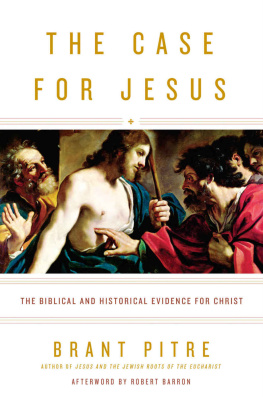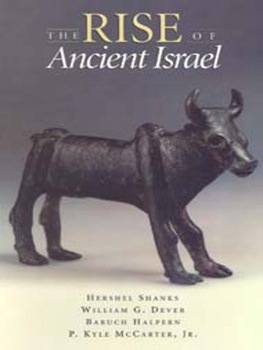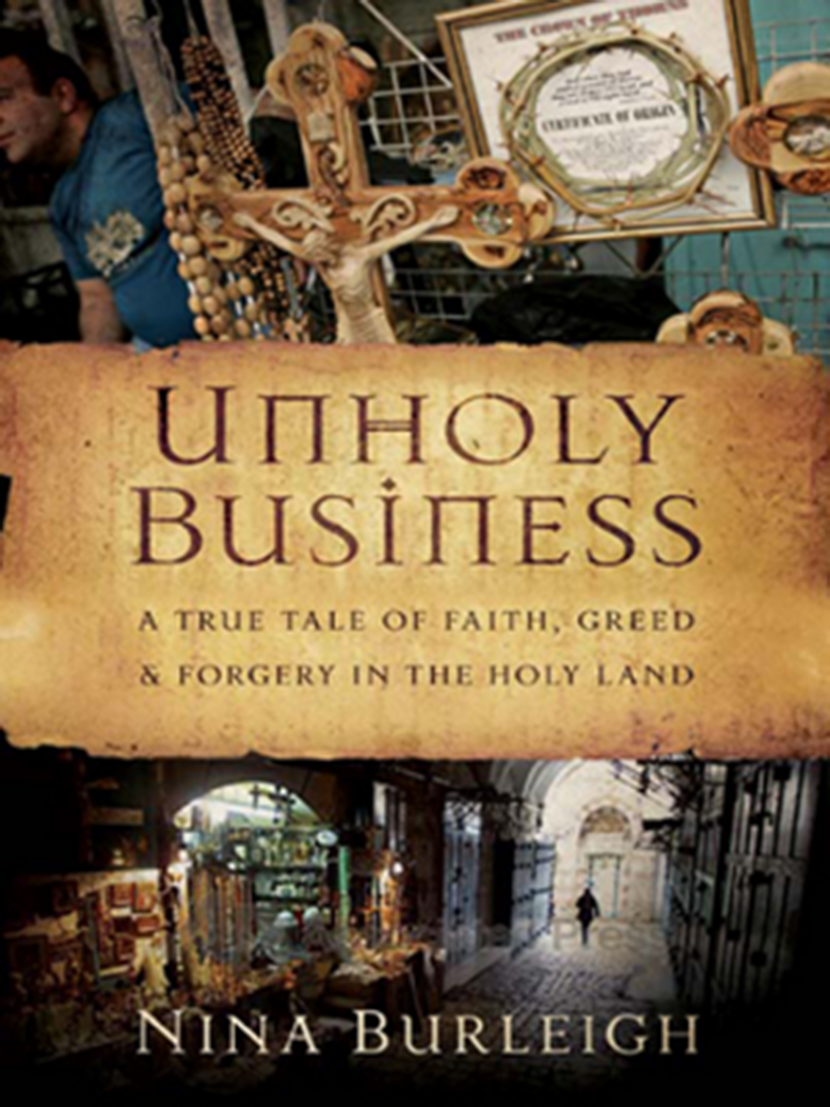We are a civilized people, and of what use is civilization if it doesnt help us to deceive and to be deceived in order to make life more worth the living?
There are two different types of people in the world, those who want to know, and those who want to believe.
[ ]
A Woman with Many Cats
October 2001
Do not consider it proof just because it is written in books, for a liar who will deceive with his tongue will not hesitate to do the same with his pen.
M AIMONIDES
C ATS OF MANY COLORS prowl the sunken courtyard at the epigraphers door on the edge of Jerusalem. At least a dozen of themtabbies, orange and gray tigers, green-eyed blacks, and piebald whitesslither up and over the garbage bins, sprawl on garden furniture, and purr against my ankles as I press the rusty buzzer and wait. The occupant takes a very long while to answer, as if perhaps the doorbell isnt working properly. I press it again, and hold it down. Finally a woman pulls the door open, chiding me for being ten minutes late. She has striking pale blue eyes, red lipstick, and dyed black hair pulled back into a 1950s sock-hop-style ponytail. Her gap-toothed smile and sleepy eyes suggest the sultry actress Ellen Barkin, but this woman is in her seventies and no entertainer. She is expert in one of the most arcane fields of scholarship in the worldan epigrapheranalyst of ancient Hebrew, Aramaic, and Phoenician writing from the time of Jesus Christ and before, from the Old Testament era. Museums and collectors worldwide have asked her to compare and decipher inscribed lamps, seals, and pottery for three decades. She is considered one of Israels leading authorities on Semitic scripts.
Ancient Semitic epigraphy is a rarebut not a lucrativepursuit, and Ada Yardeni lives modestly in a two-room garden apartment crammed with books, papers, and the collected mementos of a long life. She lives alone; her children are grown and her beloved mother recently died. Right away she apologizes for the condition of her cramped dwelling. This is my office, and its my house. You think its nice, but I used to live in Rehavia. But things happen in life. An air mattress is nestled on the floor behind the dining room table, at the foot of a wall-size bookcase and a small desk. Candles, papers, and yellow plastic flowers in a vase crowd the kitchen table. Walls and surfaces are decorated in a motley stylekitten pictures, posters of Errol Flynn, snapshots of children and grandchildren, and two large, dramatic canvases of a younger Ada in a summer hat, with the desert in the background. Adas daughter painted them in a modern style that seems lifted straight from David Hockneys bright realism. Bookshelves bend under fat tomes in Hebrew and English such as Textbook of Aramaic Hebrew and Nabatean and Documentary Texts from the Judaean Desert . The books she herself has written are never less than three inches thick, and include Book of Hebrew Script and Textbook of Aramaic and Hebrew Documentary Texts from the Judaean Desert .
Ancient language and literature was the family vocation. Adas father, Menachem Zulei, born in Galicia (now Poland) emigrated to Israel and spent his entire life bushwhacking through a massive trove of Hebrew liturgical writing, called a geniza , found in a Cairo synagoguetwo hundred thousand books and manuscripts in all, dating from 1000 CE to the nineteenth century. Ada was born in Jerusalem and married young, but she was widowed at age twenty-eight. A young mother with two small daughters, she had to move away from the leafy, posh neighborhood called Rehaviathe most charming part of Jerusalem, home to Israeli dignitaries like Bibi Netanyahu and moneyed Europeans and Americansand set up house in this dustier, Spartan neighborhood, across the street from a car repair shop. But her whole life still lay ahead. She returned to university and studied under a great Israeli epigrapher named Joseph Naveh. She fell in love with him and with the work. They never married, or lived together, but he has been her mentor for nearly forty years.
Ada is both a calligrapherwho can write the ancient languagesand a decipherer of ancient scripts. She has filled hundreds of book pages with carefully copied individual ancient letters, arranged so that students may compare tiny differences in handwriting between sects, kingdoms, eras, regions. Her expertise extends to knowing how writing differed from hand to hand, as scribes scratched words into limestone tablets and ossuaries, clay and bronze seals, and mostly on ostraca (shards of pottery used by the ancients as notebook or scratch paper of sorts). She is a meticulous worker, as one would expect. When someone brings her an object or a photograph of an inscribed object, she pulls out a magnifying glass and carefully traces the inscription onto plastic tracing paper, then draws it elsewhere, larger, in thick black ink, the better to see every divot, curl, and anomaly. I have to be very precise with the letters, in order to confirm my readings, she says. Her work depends on her access to actual ancient objects and that is why she is always happy to look at pieces from collectorswho also pay her a small fee to decipher their finds. She reckons she has examined thousands of ostraca. You see, I have copied all these documents from the original, she says, pulling out a manila folder of her current work. She riffles through pages covered with large Hebrew letters. I have seen a lot of material. Joseph Naveh gave a nice example that I love to repeat. If you come to an ear doctor, and he has seen fifty ears, thats not the same as when you go to a doctor who has seen five thousand ears, correct? So I have seen five thousand!
When I arrived to talk about how she became a witness in an archaeological forgery trial Israeli cops had called the fraud of the century, she was well prepared. Ada is the sort of woman who keeps detailed records of her days in small annual diaries. At the end of each year, she tucks themfilled with her tiny Hebrew script, tied with a white ribboninto a cardboard box, and these boxes are now the piled-up story of her years. Opening a box, she easily found the diaries she needed, because they bristled with yellow Post-it notes, marking the pages she had referred to during interviews with the police and then at the court. She proceeded to leaf through each page, reading from right to left, entries highlighted with pink highlighter.
Her annual diaries always start in October, the beginning of the Jewish year. The series of events she needed to remember began in October 2001. Thats when she got the first call from a Tel Aviv collector named Oded Golan, a wealthy aficionado of Bible-era archaeology whom shed heard of but never met. Because of her reputation and experience, it was not unusual for Ada to receive calls from people she didnt know, offering to pay for her opinion, and she was always meticulous about recording her business affairs. Thumbing through her book, she turned to the first Post-it note.



